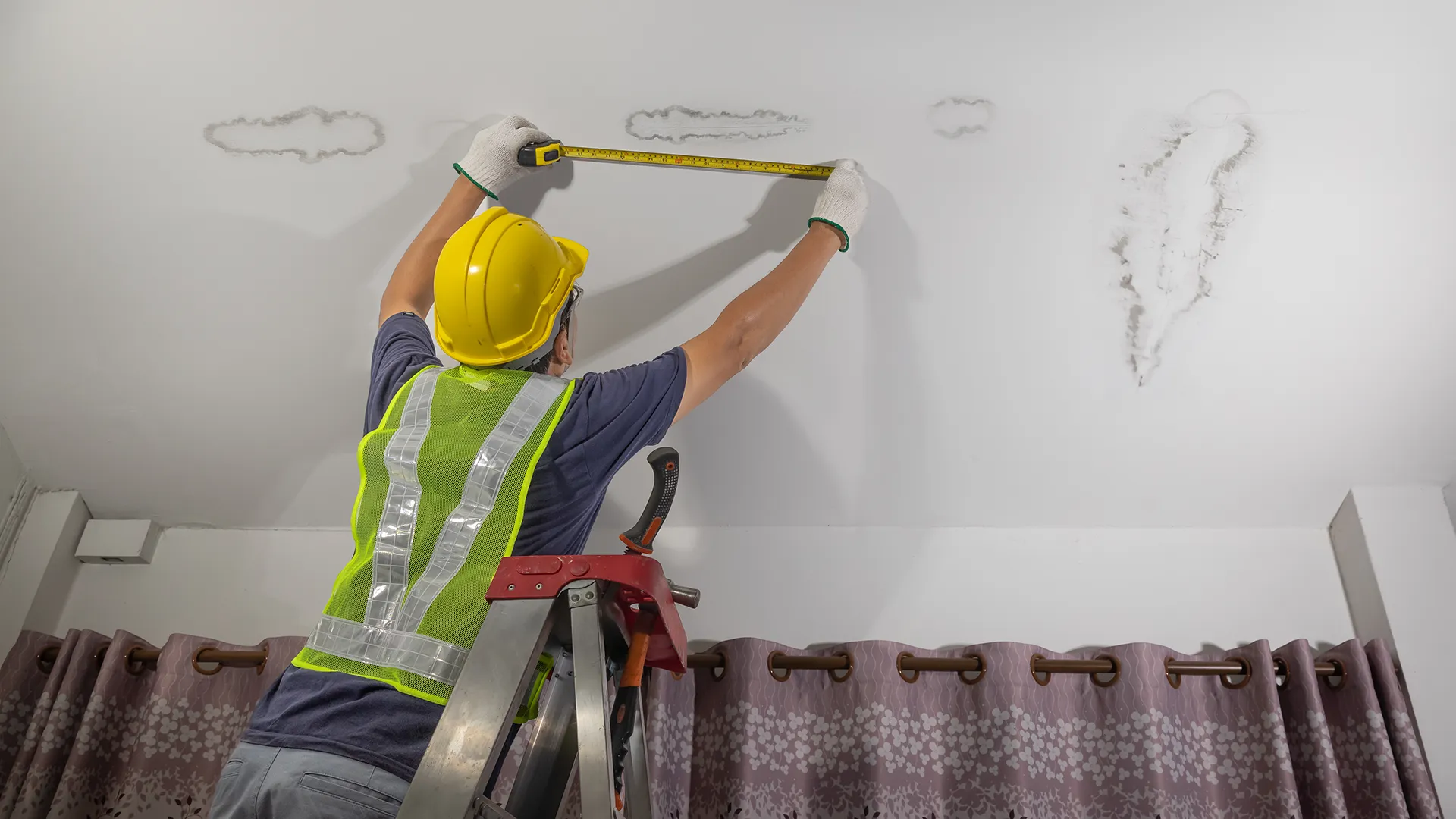Many homeowners are unaware of the potential dangers that lurk within their walls. If you notice a tiny watermark on the ceiling or wall or ceiling, a soft spot or even a slight musty odor after a rainfall, these are all signs that an issue hidden from view is growing. What begins as moisture soon turns into wet drywall, which is the perfect substrate for bacteria and mold to thrive. SGP Drywall A trusted Mold Remediation firm is on hand not only to repair the issue, but also to defend the very foundations of your home’s health.
The Invisible Danger lurking within Your Walls
It’s not only visible. It can be hidden behind paint and insulation. It may also get beneath the flooring. In this moist environment it is where mold spores start to develop. They begin to multiply rapidly and feed off cellulose, which is the main ingredient in the construction of drywall. In just 48 hours, a seemingly innocuous leak could turn into an enigma for your family and home.

Ignoring water damage remediation is like not addressing the smoke of a concealed fire. The longer it’s left untreated, the further it expands. As it gets more colonized and the wall becomes less rigid and wood studs begin to decay. At the point you begin to notice the smell or discoloration, the decay has already begun to take root in the drywall.
What is the science behind Remediation? Remediation?
Many homeowners think they can get rid of the water damage by using a small fan and some paint. Unfortunately, this quick solution doesn’t eliminate the issue, but it only hides it. Professional remediation is science-based, not an assumption. Mold Remediation companies use moisture sensors and thermal cameras for detecting concealed pockets of dampness.
The team will begin the process of cleaning up water damage after the map of moisture has been determined. In order to get the insulation and drywall that have been damaged removed, and structural wood is dried and treated with antimicrobial agents and industrial-grade dehumidifiers remove water that has remained from the air. Every surface is cleaned and then sealed. It is tested to ensure safety prior to reconstruction.
The process is so meticulous that it will ensure that there is no repeat of the issue. When it is embedded in the drywall mold, it has a memory, and it will come back if even a trace is left.
Rebuilding stronger – The role of Reconstruction After water damage
After remediation, the next step is water damage reconstruction, where craftsmanship meets protection. This isn’t repair of holes; it’s reconstructing more intelligently. The experts replace the wet panels with a water-resistant one that will stand up to any leaks that may occur in the future. Joints are sealed using specialized primers to prevent bacteria from penetrating the surface and re-invading the surface.
Contractors often recommend using advanced waterproofing products for high-risk areas like bathrooms, basements and kitchens to ensure the protection of the home for a long time. The reconstruction phase doesn’t just repair what was damaged, it enhances your home’s resiliency.
The reason why professional assistance is non-negotiable
Water damage can be deceiving and the same is the lure to put off repairs. The majority of homeowners put off repairs for several weeks before believing that the wall would get rid of the moisture by itself. Moisture can fuel mold spores. The cost of remediation may triple or double by the time symptoms are apparent.
A bonded Mold Remediation business understands that every hour is important. Their objective is to stop the spread of mold and removal of the source, and restoration of your home before mold or bacteria spread. They also have expertise in dealing with mold safely. Mold that is handled in a manner that is not properly equipped can result in harmful spores being released into the air. This could lead to a worsening of the contamination.
Water is a great teacher for every homeowner. Leçon
Water is the ultimate teacher: delay has consequences. One small leak, left unaddressed for a week, could make a wall an environment that encourages decay. Awareness is the first step. Knowing when to act, who to contact, and how to keep your home safe from future accidents can help protect your home and health.
Perform routine inspections. Seal plumbing joints. Be on the lookout for unusual odors or wall texture changes. If water makes its way into the room, remember that speed, precision and knowledge are crucial.
The Last Word on Restoration
It’s not about restoring your home back to its original state instead, it’s about rebuilding it. The right team can bring back more than just structure, whether you are dealing with mold growth or drywall that is wet. They return safety along with comfort and tranquility.
When water becomes silent Let the experts do the talking. When handled by professionals your home not only recovers but becomes stronger than before.